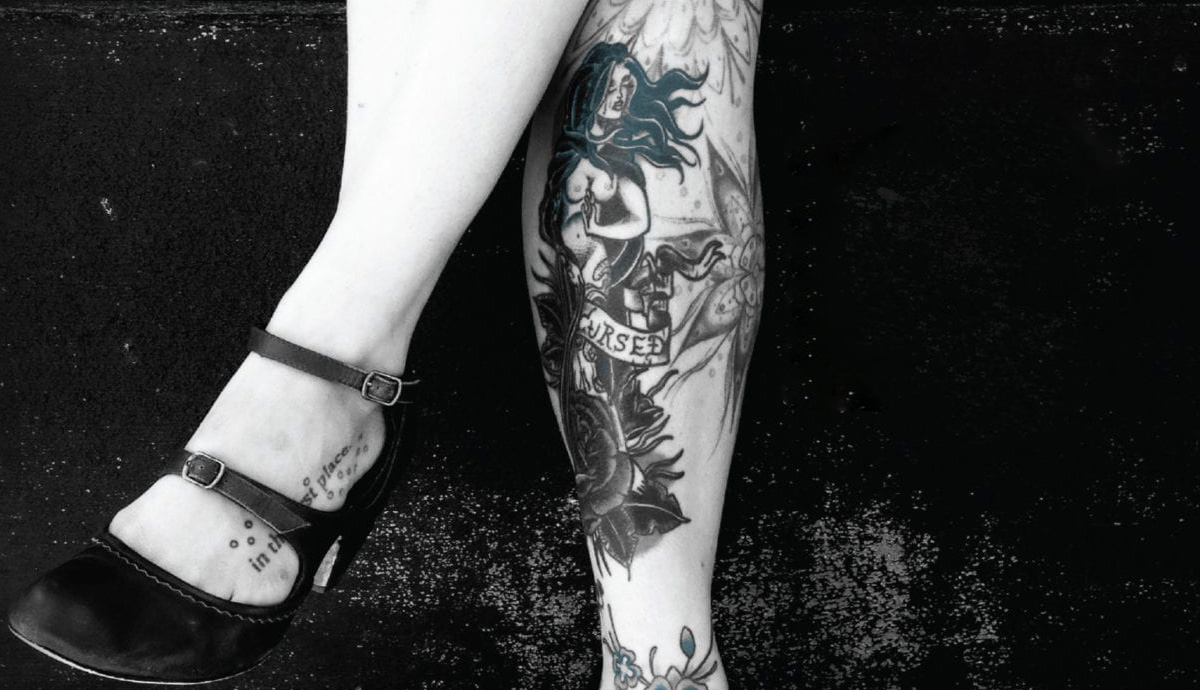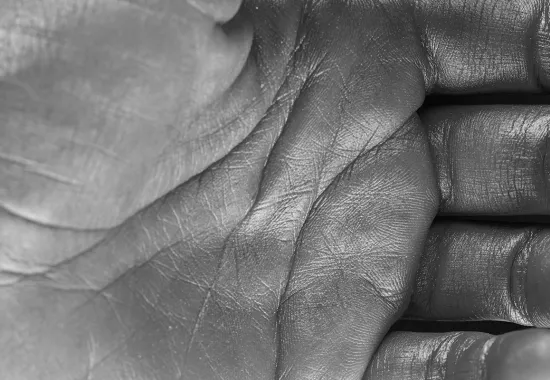Strong Magic: A review of The Skin-Artist by George Hovis
The Skin-Artist by George Hovis. Southern Fried Karma Press, 2019, 366 pages, paper $16.99
George Hovis’s debut novel The Skin-Artist is a beautifully crafted story set in Charlotte, North Carolina, and the surrounding region where the rural past and the urban present form a backdrop for a cast of characters struggling to come to terms with lives that are complex and troubled.
 Bill Becker, a hard-drinking man in his mid-thirties with a failing marriage, loses his job as a middle-manager for an ink company and finds his life spiraling out of control as his wife Maddie is involved in an affair with a married lawyer who lives in the same suburban development as Bill and Maddie. Distraught about the state of his marriage, Bill stops at a dive bar one night on his way home and sees Lucy, a dark-haired and heavily tattooed woman dancing seductively. He later sees her again at The Jackpot, where she works as an exotic dancer. At the bar Bill meets Kent, an old fraternity brother who fled to Mexico in disgrace after absconding with funds from the fraternity’s account. “Most people live out their lives in some fantasy world,” Kent tells Bill, “they have some fantasy twin do the things they wish they could do.”
Bill Becker, a hard-drinking man in his mid-thirties with a failing marriage, loses his job as a middle-manager for an ink company and finds his life spiraling out of control as his wife Maddie is involved in an affair with a married lawyer who lives in the same suburban development as Bill and Maddie. Distraught about the state of his marriage, Bill stops at a dive bar one night on his way home and sees Lucy, a dark-haired and heavily tattooed woman dancing seductively. He later sees her again at The Jackpot, where she works as an exotic dancer. At the bar Bill meets Kent, an old fraternity brother who fled to Mexico in disgrace after absconding with funds from the fraternity’s account. “Most people live out their lives in some fantasy world,” Kent tells Bill, “they have some fantasy twin do the things they wish they could do.”
After meeting Lucy, Bill gets drunk and goes to a tattoo parlor where a skin-artist named Niall—half shaman, half bullshit artist—tattoos a blue butterfly on Bill’s chest. When he sobers up, Bill is initially remorseful about getting the tattoo, but then keeps coming back for more. Niall tells him that tattoos are “strong magic,” but Bill soon discovers that changing his skin is far easier than changing his life. Likewise, he discovers that becoming involved with Lucy is far more complicated than he had anticipated.
The sense of place in The Skin-Artist is skillfully portrayed, with the NationsBank Tower serving as a contrast to the farm where Bill’s parents and brother Wesley still live. Bill develops a vendetta against NationsBank which, as he sees it, bought the mortgage to his house and downsized him out of a job. The bank and its tower have both a role in Bill’s life and stand as a symbol of a society where the pursuit of money has become the cancerous center of life: “How long would it take NationsBank to erect a second tower, for them to finance a third, a tenth, a hundredth skyscraper. Total metastasis. The bull couldn’t run forever. There would come a reckoning yet.”
As Bill ineluctably moves toward his own reckoning the story mixes a compelling narrative with characters that are vividly drawn and possess traits that elicit both sympathy and distaste. The way in which Hovis manages this contrast between his characters and the rural/urban settings makes for an engrossing novel that develops themes that are of a specific place, but more than that, they portray our times in a manner that is both fascinating and troubling.
Recommended
The Salamander
Herring
The Old Man in the Café






